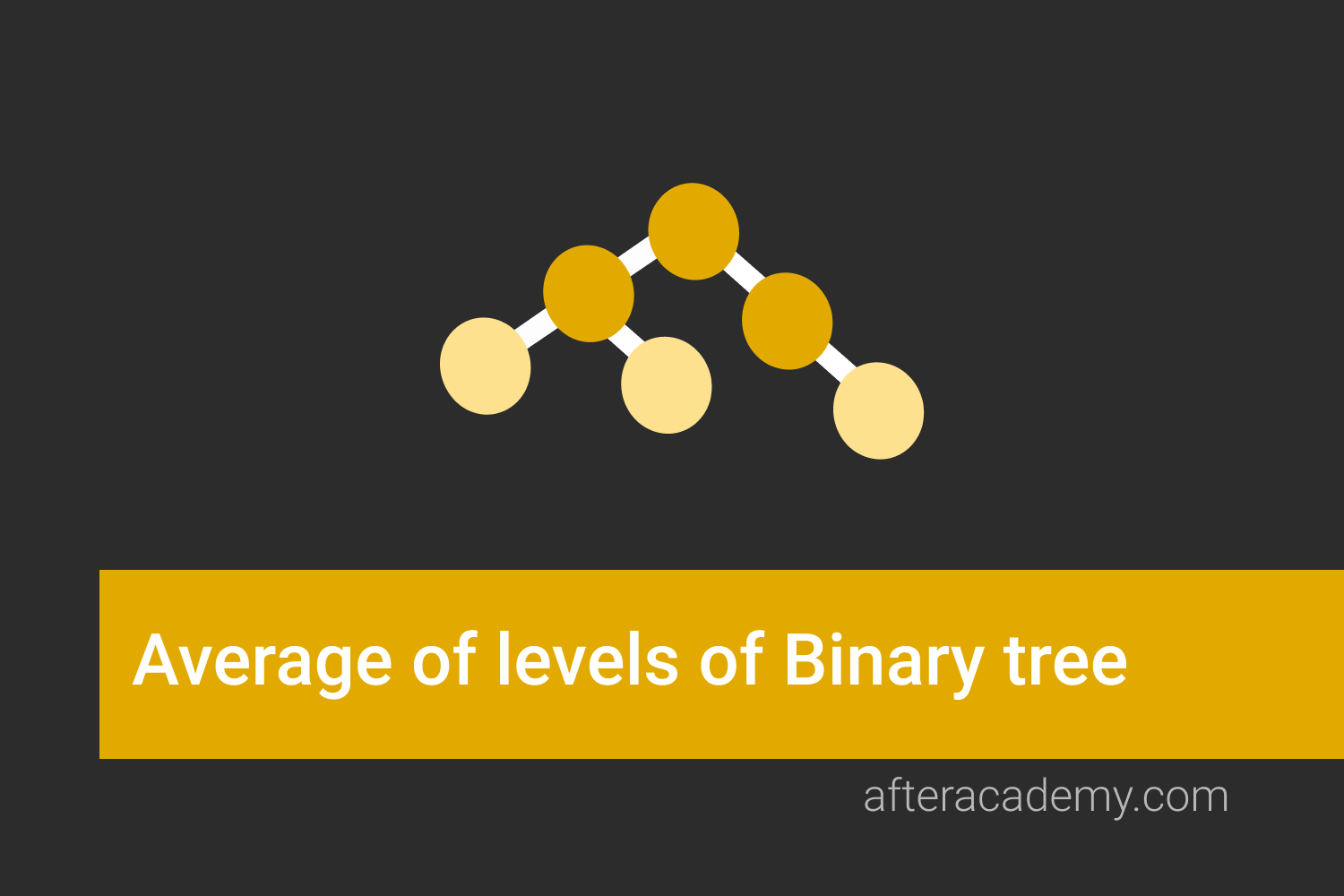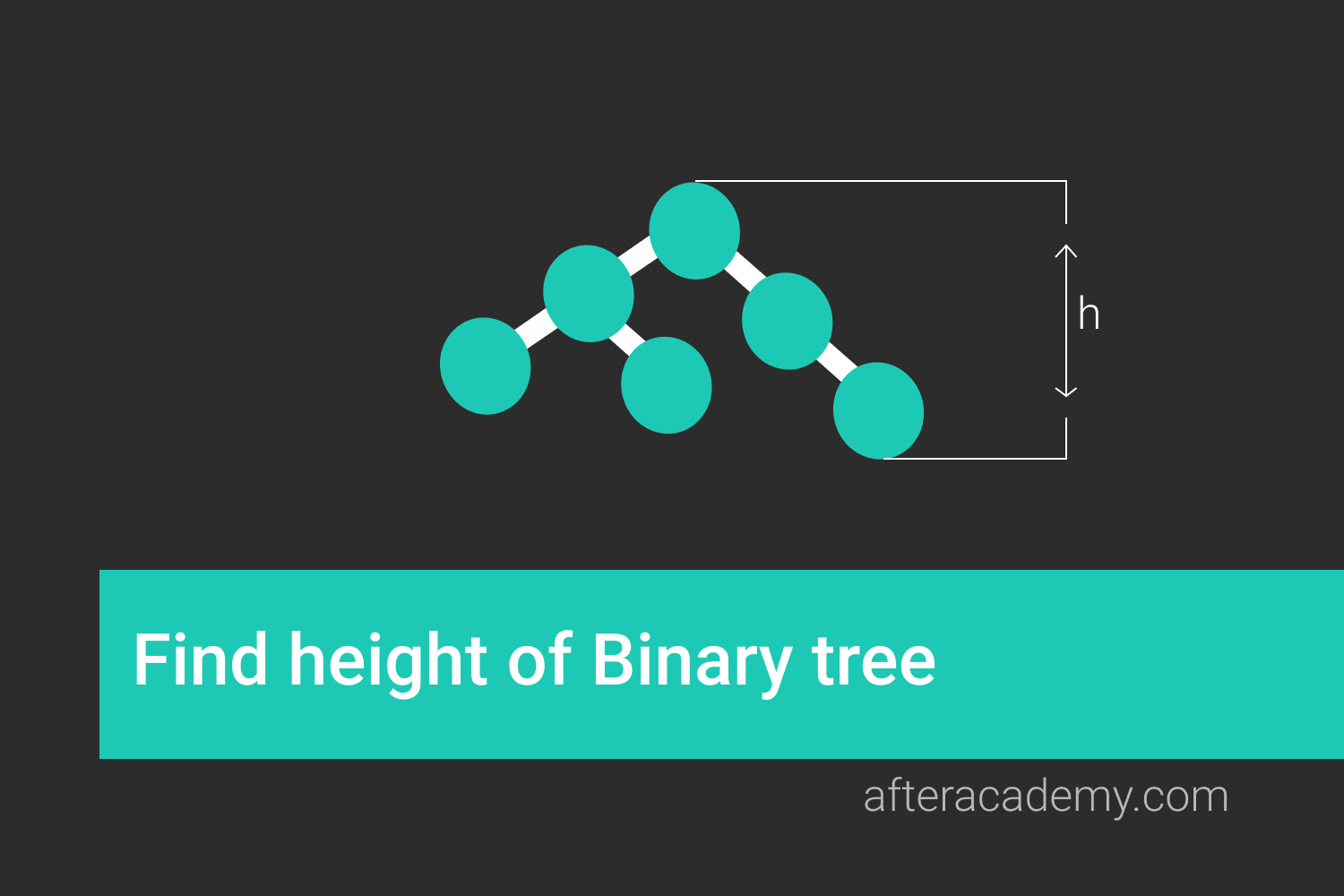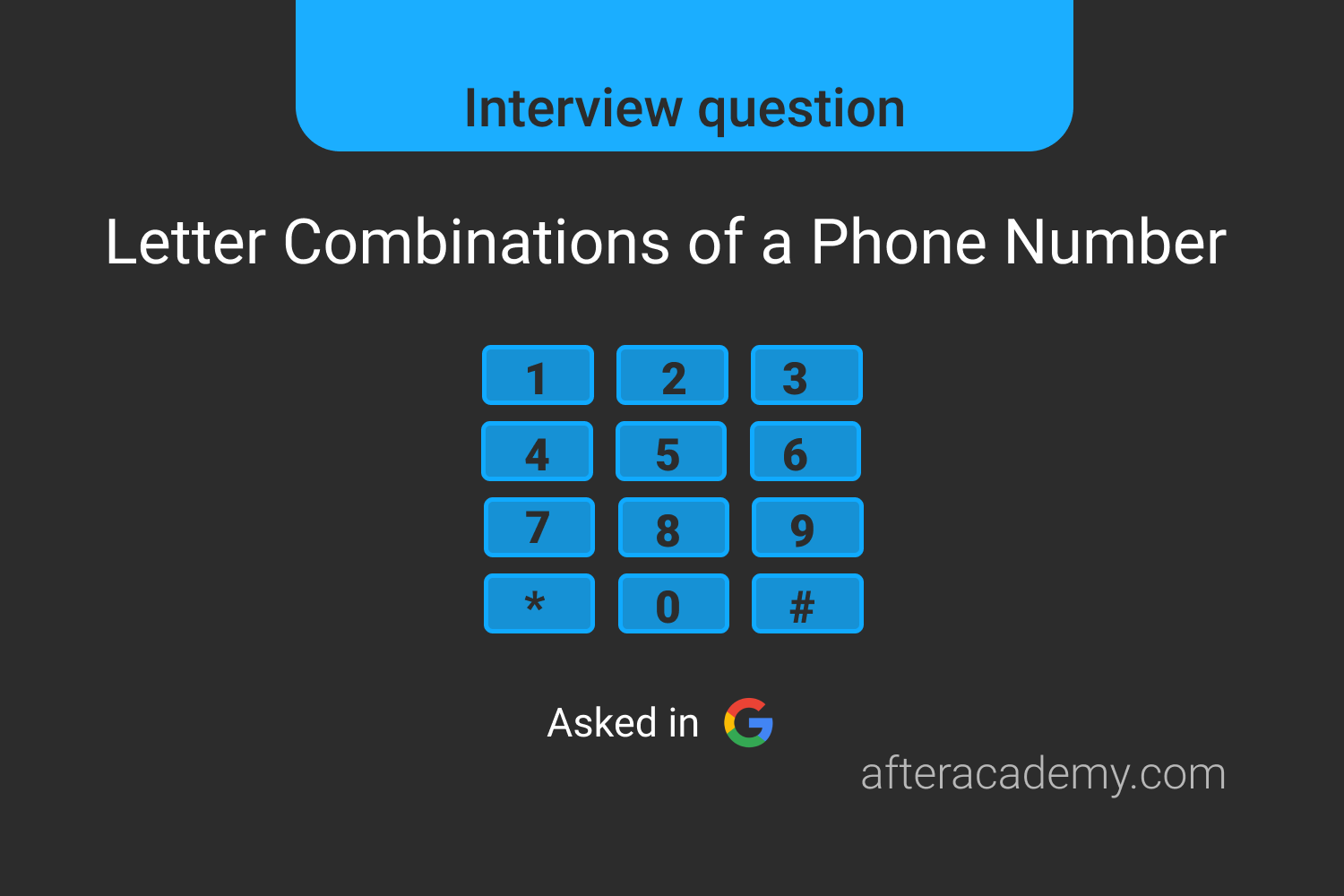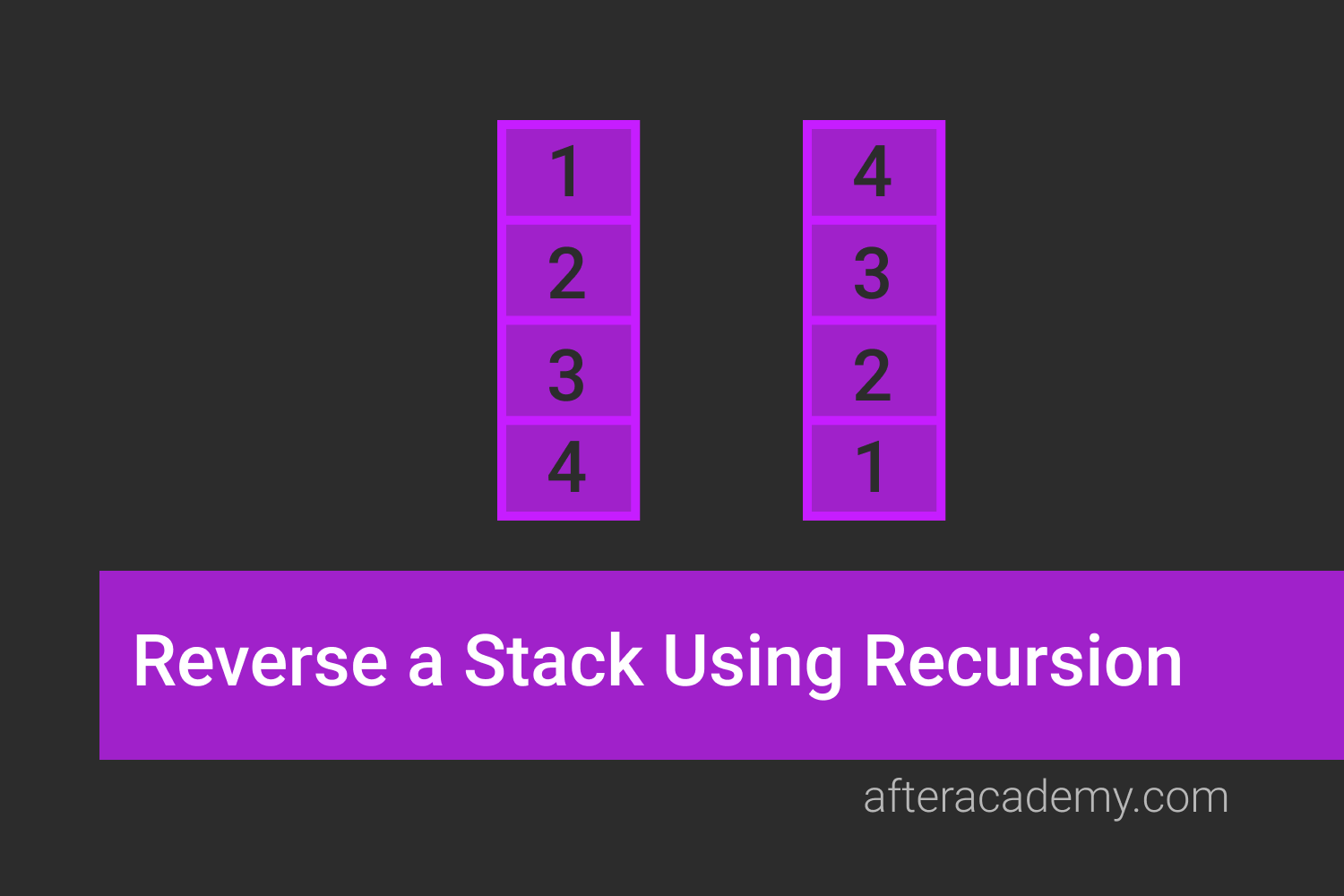Find the intersection of two unsorted arrays - Interview Problem
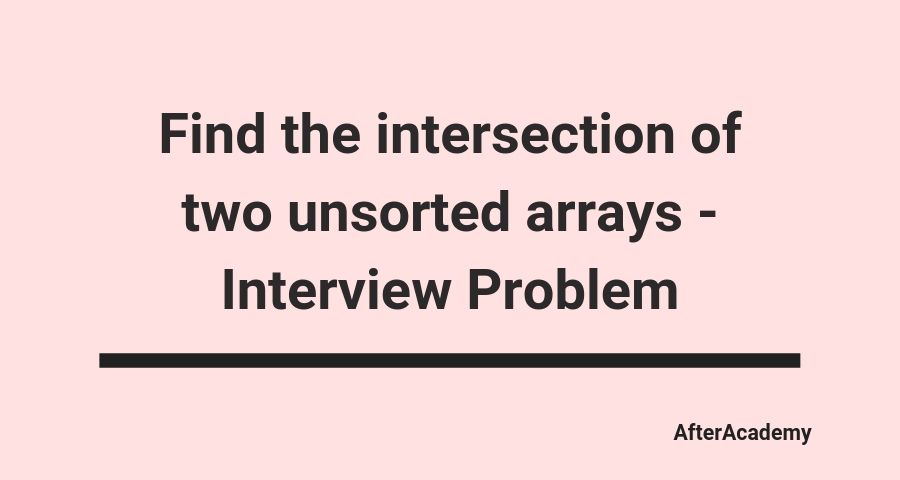
Difficulty Level : Medium
Asked in : Google, Facebook
Understanding the Problem
Problem Description: Given two integer arrays A[] and B[] of size m and n, respectively. We need to find the intersection of these two arrays. The intersection of two arrays is a list of distinct numbers which are present in both the arrays. The numbers in the intersection can be in any order.
For example
Input: A[] = {1,4,3,2,5, 8,9} , B[] = {6,3,2,7,5}
Output: {3,2,5}
Input : A[] = {3,4,6,7,10, 12, 5}, B[] = {7,11,15, 18}
Output: {7}
Possible follow-up questions to ask the interviewer:-
- Can you modify the arrays? ( Ans: Yes)
- What are the constraints on the length and elements of the array? ( Ans: m>n , 1 <= m,n <= 10^5, -10^5 <= A[i], B[i] <= 10^5)
- Can there be repeated elements in the array or between the arrays? ( Ans: Yes, the possibility exists)
Designing efficient solutions
We are discussing four ways to solve this problem :
- Brute force: Use nested loops
- Sorting and binary search
- Sorting and two-pointer approach
- Using a Hash Table
1. Brute Force: Use nested loops
For each element in A[], perform a linear search on B[]. Keep on adding the common elements to a list. To make sure the numbers in the list are unique, either check before adding new numbers to list or remove duplicates from the list after adding all numbers.
Pseudo-Code
int[] findIntersection(int A[], int B[], int m, int n)
{
int ans[]
for ( i = 0 to m-1 )
{
for ( j = 0 to n-1 )
{
if ( A[i] == B[j] )
if ( A[i] not in ans)
ans.add(A[i])
}
}
return ans
}Complexity Analysis
There are two loops in the solution where the outer loop runs n times and the inner loop runs m times. So in the worst case, time complexity = O(m*n) .
Space Complexity: worst-case = O(1) ( Why? Some space is being consumed by answer list. Why isn't it taken into consideration?)
Critical ideas to think!
- What would be the time and space complexity of removing duplicates from n size array?
- How can we improve the time complexity?
2. Sorting and binary search
In the brute force approach, we select elements from array A[] and linearly search for them in array B[]. We could increase the efficiency of searching the elements if we sort B[] and apply binary search to search for the elements. Binary Search takes O(logn) time complexity.
Solution Steps
- Declare answer list.
- Sort B[] array in increasing order.
- Search for each element in A[] in the sorted array B[]
- If the element if found, add it to the answer list
- Return answer list
Pseudo-Code
bool binary_search(int B[], int n, int K)
{
int low = 0, high = n
while( low <= high )
{
int mid = low + ( high - low ) / 2
if( B[mid] == K )
return True
else if( B[mid] > K )
high = mid - 1
else
low = mid + 1
}
return false
}
int[] findIntersection(int A[], int B[], int m, int n)
{
int ans[]
sort(B,n)
for(i = 0 to m-1)
{
if(binary_search(B, n, A[i]))
ans.add(A[i])
}
return ans
}Complexity Analysis
Time Complexity: Sorting array B[] + Searching for all elements of A[] in B[] = O(nlogn) + O(mlogn) = O(nlogn + mlogn)
Space Complexity: If we use merge sort, then space complexity is O(n), else if we use heap sort, space complexity is O(1).
Critical ideas to think!
- Here, we sorted the smaller array. What if we sort the bigger array for the solution? How does the time complexity changes?
- What would be the time and space complexity if we use quicksort? Compare different sorting algorithms
- What would be the space complexity if we use recursive binary search for the implementation?
- Prepare a list of problems where you can apply the idea of sorting and binary search.
3. Sorting and two-pointer approach
If both A[] and B[] are sorted, we can use a two-pointer approach. At each step, we compare one element of A[] with one element of B[]. If both are equal, we add it to the list, else we move forward.
Solution Steps
- Declare the answer list.
- Sort both the arrays in increasing order.
- Initialize the variables i and j in the sorted array A[] and B[] respectively. i = 0 and j = 0
- Run a loop while i < m and j < n (Why ' and ', not ' or '?)
- If A[i] == B[j], add A[i] to the list and increment both i and j
- If A[i] < B[j], increase i by 1
- If A[i] > B[j], increase j by 1
5. Return answer list.
Solution Visualization

Pseudo-Code
int[] findIntersection(int A[], int B[], int m, int n)
{
int ans[]
sort(A, m)
sort(B, n)
i = 0, j = 0
while( i < m and j < n )
{
if ( A[i] == B[j] and A[i] not in ans)
{
ans.add(A[i])
i = i + 1
j = j + 1
}
else if ( A[i] < B[j] )
i = i + 1
else
j = j + 1
}
return ans
}Complexity Analysis
Time Complexity : Sorting array A[] + Sorting array B[] + Using two pointer approach = O(mlogm) + O(nlogn) + O(n+m) = O(mlogm + nlogn)
Space Complexity: If mergeSort is used, then O(m), else in heapSort, O(1)
Critical ideas to think!
- Why are we incrementing pointers when A[i]>B[j] or A[i]<B[j] ?
- Does this algorithm work fine when elements are repeated? How can you ensure that elements in the answer list are unique?
- The time complexity of while loop is O(m+n) - Why?
- Why the idea of the two pointer works perfectly for a sorted array?
- Prepare a list of problems where you can apply the idea of two pointer approach for the solution.
4. Using a Hash Table
We will make a hash table of the smaller array so that our searching becomes faster and all elements appear only once. Now for each element of the bigger array, we will perform a search operation of that element in the hash table. The search operation in a hash table is, in an average case, O(1).
Solution Steps
- Create a hash table of size n
- Add all elements of array B[] in the hash table
- For each element of A[], search for that element in the hash table. If found, add the element to the answer list
- Return answer list
Solution Visualization

Pseudo-Code
int findIntersection(int A[], int B[], int m, int n)
{
int ans[]
Take HashTable H of Size n
for(i = 0 to n-1)
{
H.insert(B[i])
}
for( i = 0 to m-1)
{
if(H.Search(A[i]) is true)
ans.add(A[i])
}
return ans
} Complexity Analysis
Time Complexity = Inserting n elements of A[] in hash table + Time complexity of searching m elements of B[] in the hash table
= m* O(1) + n * O(1)) = O(m+n)
Space Complexity = O(n), for storing the auxiliary hash table
Critical ideas to think!
- Do we need to modify the algorithm if elements are repeated? Is there a possibility of elements being repeated in the answer list?
- What are the changes in time complexity and space complexity if the hash table is created for the bigger array instead of the smaller array? Which is more efficient?
- What is the worst-case time complexity for searching an element in a hash table?
- What other data structures could help efficiently solve this problem? Is self-balancing BST useful?
Comparison of different solutions
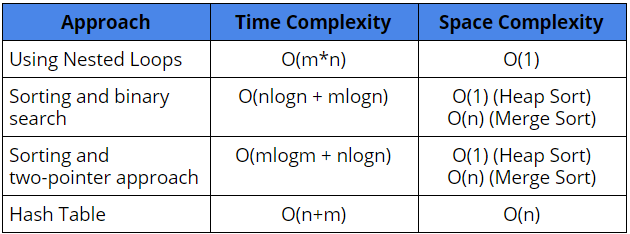
Suggested Problems to solve
- Find the intersection of 3 sorted arrays
- Find the union of two sorted arrays
- Find the intersection of two linked list
- Merge two sorted arrays
- Given an array of integers, and a number K, print all pairs in the array whose sum is equal to K.
- Given an unsorted array of integers, find the length of the longest consecutive sequence
Happy Coding! Enjoy Algorithms!
